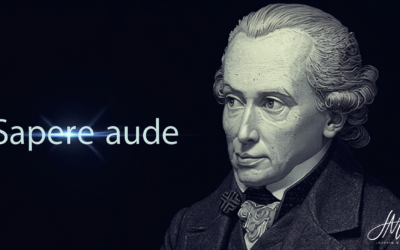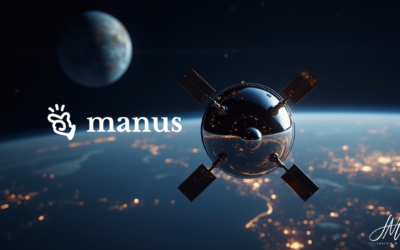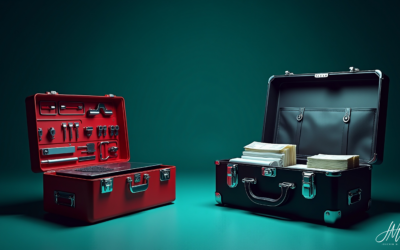In the world of strategic procurement, there is no one-size-fits-all solution for all challenges. If you don’t take a differentiated approach, you risk getting stuck halfway. Discover how you can conquer every summit with a tailored product group strategy and take your company to the top.
The ascent begins
Imagine you are at the foot of a mighty mountain range. The peaks represent your company’s material groups. Some are easy to climb, others present demanding challenges. As an experienced mountaineer, you know that each mountain has its requirements that need to be taken into account. This applies to strategy as well as equipment and preparation. A differentiated material group strategy in procurement also requires a specific approach.
The base camp: What is a differentiated material group strategy?
Before we begin our ascent, we need to set up our base camp. A differentiated material group strategy is an important foundation for all further activities, comparable to a well-equipped base camp. In the next step, the procurement elements (peaks) are grouped according to strategic importance and complexity. The equipment requirements and planning time vary greatly from summit to summit. While some summits require state-of-the-art equipment and months of planning, others can be conquered with standard equipment.
The equipment: Tools for a differentiated strategy
For every experienced mountaineer, the right equipment is crucial for the safety and success of their undertaking. Our tools within the material group strategy are:
- Data analysis tools: Our binoculars to get an overview of the procurement landscape
- Categorization models (e.g. Kraljic matrix): Our maps to plan the routes
- AI and Machine Learning: Our weather forecast to predict risks and identify opportunities
Route planning: Strategic categorization
As with a mountain tour, careful planning of the routes is essential. The material groups (peaks) are categorized according to risk and complexity, with the lowest category representing the highest level of risk and complexity:
- Day trips (leveraged products): Quick wins through bundling and negotiation
- Easy hikes (non-critical goods): Standard processes, focus on efficiency
- Technical hikes (bottleneck items): Careful risk analysis, identify alternative routes (suppliers)
- Demanding climbs (strategic goods): Intensive preparation, partnership approaches
The climb: Implementing the strategy
The actual ascent now begins. A suitable strategy is selected for each material group:
- Summit A (e.g. office supplies): Simple ascent, focus on automation and efficiency
- Summit B (e.g. key components): Challenging route, close cooperation with strategic partners
- Summit C (e.g. motors): Difficult climb, focus on risk management and alternative routes
Summit technology: AI in procurement
Modern mountaineers rely on high-tech equipment. AI is the most powerful tool for us when it comes to procurement:
- Weather forecast (demand forecast): AI analyzes data to predict future needs
- Route optimization: No-code automation and AI find the most efficient routes
- Safety equipment (risk management): AI identifies potential hazards in the supply chain
The challenges: Counterarguments and obstacles
Every expedition encounters criticism. “Why so complicated? One mountain is just like another!” Nevertheless, experienced mountaineers know that every summit has specific characteristics. In procurement, this means
- Managing complexity: B2B purchases are more complex than private purchases
- Use economies of scale: Large quantities require well-thought-out strategies
- Mastering regulatory requirements: How difficult passages need to be circumvented
- Considering long-term effects: Every decision influences future ascents
The summit victory: Advantages of a differentiated strategy
With the right strategy, we can achieve all our goals
- Cost optimization: like proper weight management when climbing
- Risk minimization: Safe routes for dangerous passages
- Promoting innovation: Discovering new routes and techniques
- Competitive advantage: Being the first to conquer the most difficult peaks
The descent: Continuous improvement
It is equally important to take care of both the ascent and the descent. Please take some time for personal reflection:
- What went well? What can we do better next time?
- What new routes have we discovered?
- How can we improve our equipment (processes and tools)?
Conclusion: Enjoy the view
The optimized material group strategy gives you a 360-degree view of your entire procurement landscape. You are now in a position to recognize opportunities earlier, manage risks better and strategically drive your company forward.
Please note that the journey is the destination – both in procurement and in mountaineering. A continuous culture of learning, adapting and improving is key to long-term success.
With the right strategy, equipment and attitude, you will be able to conquer any peak and take your company to the top.






